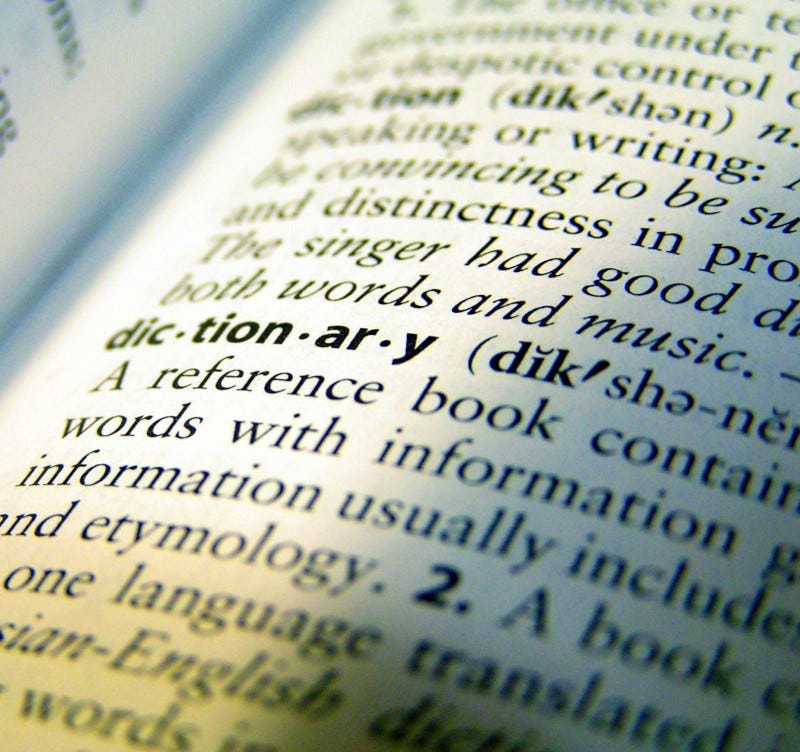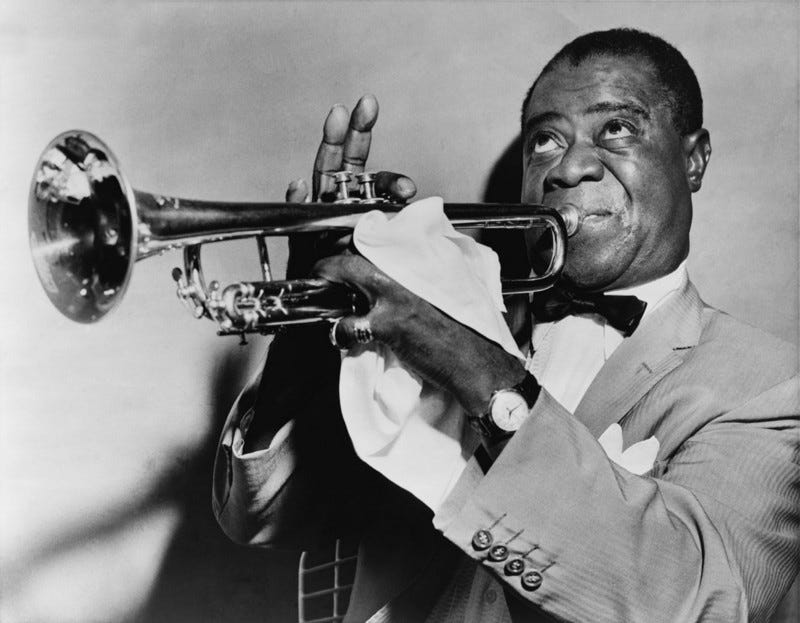Words for differences in meaning, pronunciation, and spelling
We can describe words that have similar spellings or meanings using special terms. These terms are things like heteronym, homograph…
We can describe words that have similar spellings or meanings using special terms. These terms are things like heteronym, homograph, homophone, heteroseme and so on. Some differences, though, are harder to describe; like the US vs. UK pronunciation of “tomato”, where people sometimes disagree on the exact term. Let’s see what’s going on here.
We can see that these terms are made up of a pattern of prefixes and suffixes:
Prefixes homo- and hetero-, from Greek, meaning “same” and “different”.
Suffixes -graph, -phone, -nym, and -seme.
The prefixes are, hopefully, relatively clear. Let’s look at the suffixes in a bit more detail. They give us a few categories of information about a word: the orthography (i.e. how it’s written), the pronunciation, and the meaning.
-phone, from Greek meaning sound. This is the pronunciation of a lexeme, it’s spoken form.
-graph, from Greek meaning writing. This describes the written form of a word — or more precisely, the written form of a word with a particular meaning, i.e. a lexeme. E.g. the four letters “bank” plus the meaning “edge of a river”, together, form one lexeme.
-seme, also from Greek (I hope this was not a shock to you) for sign. This is the meaning of the lexeme — the semantic part.
-nym, from Greek, meaning name. This is some combination of sound and writing.
From this, we can work out the literal meaning of each of the terms. For example, homographs are written the same; homosemes have the same meaning; homophones have the same pronunciation. The -nym words are a bit of a special case, because -nym encompasses both -phone and -graph.
Where this gets interesting is when we look at what is implied when one of these three categories is described as same or different. For example, a homophone (“same sound”) is only interesting to describe if other categories about a word vary; so, we say a homophone is a word in a set where pronunciation is fixed and either orthography or meaning vary.
Under this logic, homographs must have a variation in either pronunciation or meaning; homosemes must have a variation in either pronunciation or spelling. The homo- group lets us fix one of the three categories and assumes variation in the others.
Let’s look at the hetero- group. Heterophones, then, must have a different pronunciation; heterographs a different orthography; and heterosemes different meanings. Now, if we’re going to be efficient, these words should continue to describe just one thing — a difference in one category. We can assume the other two categories are the same. If the other categories weren’t the same, then we hope a different word would have been chosen to reflect all the differences. This usage matches the etymology of the word, and has one really important advantage: we don’t overlap with the homo- prefix words.
Looking at, for example, Wiktionary, heterophones are described as having different sound but also different meaning. Heterophone itself doesn’t directly say anything about meaning. If we follow Wiktionary’s definition, we find that just one category can be the same: the orthography. But we already have a word for that — a homograph!
Let’s step back a bit. We’re comparing words using three categories — pronunciation, orthography, and meaning — and the comparisons are really simple: are the words the same or different in each category?
This gives us eight options:
Same sound, same orthography, same meaning
Same sound, same orthography, different meaning
Same sound, different orthography, same meaning
Different sound, same orthography, same meaning
Different sound, different orthography, same meaning
Different sound, same orthography, different meaning
Same sound, different orthography, different meaning
Different sound, different orthography, different meaning
Now, the first one — where everything is the same — means we have the same word. And we have a term for that: “same”, or “identical”. So that’s trivial. And the last one is just as trivial: if two words have nothing in common, we don’t need to describe the relation between them, because there isn’t one (at least according to our three-category model here).
After the first item on the list, then, we get a group of three options that have a common property: one thing is different.
Same sound, same orthography, different meaning
Same sound, different orthography, same meaning
Different sound, same orthography, same meaning
The next three items have a common property too: two things are different. Or, only one thing is the same.
Different sound, different orthography, same meaning
Different sound, same orthography, different meaning
Same sound, different orthography, different meaning
Now, language likes to be used efficiently, and only describe the minimum we need — hoping that the fact something is said is enough to imply what is said. Some people like to say the word “Grice” to replace this entire concept, though that’s definitely jargon. We can use this “maxim of quantity” here: if we say that one category is different, we imply that the other two are the same. Similarly If we say that one category is the same, then we imply the other two differ.
This matches very nicely with the hetero- and homo- prefixes. Saying that one category is heterogeneous implies that the other two must vary. Thus, if we take this implication, the six terms formed by combining hetero- and homo- with -phone, -graph, and -seme fit perfectly well and cover all the possible situations that are worth describing.
First, the group where one and only one item is different:
Heteroseme: different meaning; same orthography and pronunciation
Heterograph: different orthography; same meaning and pronunciation
Heterophone: different pronunciation; different orthography and meaning
Second, the complementary group, where one and only one item is similar:
Homoseme: same meaning; different orthography and pronunciation
Homograph: same orthography; different meaning and pronunciation
Homophone: same pronunciation; different orthography and meaning
Now, we have covered all the possible variations from these three categories when describing each as either the same or different. The interpretations fit what we’d expect of linguistic meaning, and they match the etymology (which is a nice-to-have rather than requirement). Further, we can describe each of these categories with only one word, so there’s no “overloading” of categories where there’s more than one word to describe them.
There’s one term that‘s not been addressed yet: the -nym suffix. This is applied over both -phone and -graph. It could be useful in situations where we don’t have enough information to make strong claims like the ones above; for example, for languages that don’t have a written form, we can’t say much about whether orthographic forms are the same or not — but we can say things about meaning and pronunciation.
Let’s look at a few definitions of these terms. What’s important is to make sure that homonym and heteronym mean something distinct, i.e. that the words are not wasted.
What do the dictionaries say? Some definitions of homonym look at relaxing which category the difference is in. For example, the Oxford dictionary goes for “each of two or more words having the same spelling or pronunciation but different meanings [and origins]”. This fits well with what we’d expect: as we’re talking about similarities (homo-) and the word doesn’t mention -seme, then a difference in meaning is implied. Whether the similarity is in pronunciation or orthography is relaxed. This is like saying that homonyms are the combined set of homographs and homophones.
There’s another, more restrictive, interpretation from the Random House dictionary, that sees homonyms as words that are simultaneously homographs and homophones. This interpretation both deprives us of the ability to underspecify where the similarity is, while contributing nothing; we already have a word for this — heteroseme.
Heteronym also finds multiple definitions. Wiktionary uses “A word having the same spelling as another, but a different pronunciation and meaning”. We already have a word for this — homograph — so it seems unproductive. Charles Ellis describes heteronyms as words “that are spelled identically but have different meanings when pronounced differently”; this causal link is great, though really, if the spelling is the only constant, this again is a homograph.
A balanced approach would be to complement heteronym with homonym, and interpret as words having the same meaning, but a difference in either orthography or pronunciation — i.e. words that are heterographs or heterophones.
This gives us two extra categories, then:
Homonym: Different meaning, same pronunciation or same orthography
Heteronym: Same meaning, different pronunciation or different orthography
So that’s it. We’ve described all the variation possible across three categories — orthography, pronunciation, and meaning — when we care whether things are either the same or different; and we’ve done this in an efficient, regular way that matches how we’d expect words to behave and conveniently matches the words’ literal meanings too. We’ve also extended this to cover the logical meanings of the -nym suffix words.
One finds a decent amount of variation in how these terms are defined. Some sources say that homophones can have different orthography or different meaning, for example; others might say that both need to be in place. In this article I’ve taken a general observation from statistics to help detach from this variation. Often we find that when there’s disagreement, or “noise”, one can take a large number of examples and see what stays the same, and what varies. The things that vary tend to be less reliable; and differences often average out. Here, although there are variations on how some sources interpret terms, the core parts stay the same — for all the people giving us their reading of “homophone”, despite their differences, all agree that the pronunciation should remain similar. So, this is the part one should heed.
Of course, this is a “prescriptivist” approach to language — declaring what words mean, instead of listening to how they’re used. Usually it’s much better to listen to how people use words and move with the times. But when it comes to technical language, having clear, unambiguous meanings is also important.
So, now we know: if you say tomato and I say tomato —everything else stays the same but the sound — so the two are heterophones! And, being a Brit, I have to let the cat out of the bag: nobody really says potato. We say potato.
Thanks to Nanna Inie, Emily M. Bender and Joachim Bingel for their feedback!






